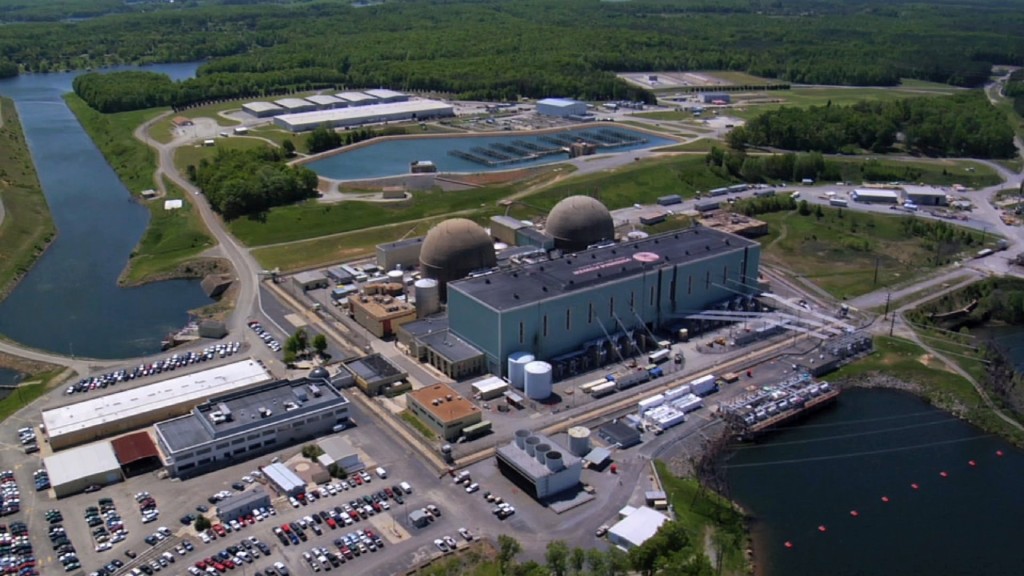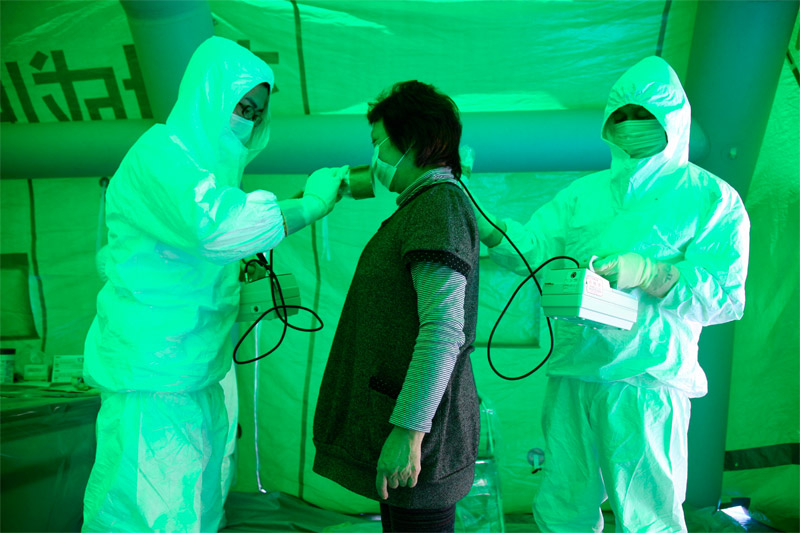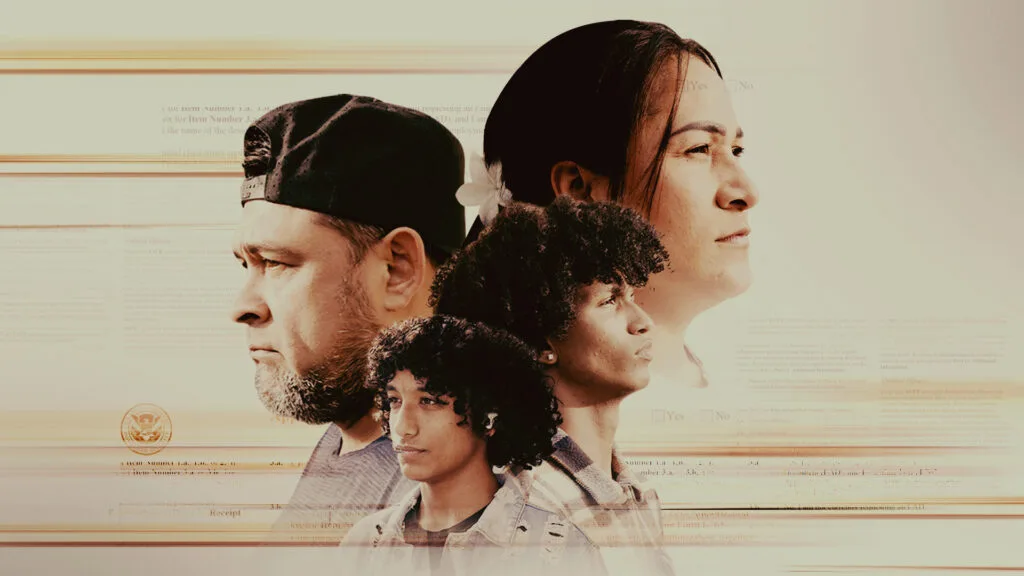NRC Report: Nuclear Power Plants More Vulnerable to Earthquakes Than Previously Thought

February 2, 2012
Share
After four years of research, the Nuclear Regulatory Commission [NRC] came out yesterday with new analysis suggesting an increased risk of earthquakes in the eastern and central United States could leave some nuclear plants ill-prepared for a possible seismic event.
As a result, the NRC is requiring all 96 reactors in this region to undergo seismic stress tests to see if they comply with their new findings. They have four years to do so.
These new revelations come after two quakes in the past year tested the strength of nuclear facilities located near fault lines: last March’s 9.0 earthquake, tsunami and nuclear meltdown at Japan’s Fukushima Daiichi power plant, and last August’s 5.8 earthquake in Virginia centered near the North Anna Power Station (pictured above), which withstood major damage.
“The reason it came out so well is its owner voluntarily upgraded its seismic protection when they knew about the hazard in the early ’90s,” the Union of Concerned Scientists’ David Lochbaum told FRONTLINE. Lochbaum called this latest NRC report a “bureaucratic stall tactic” since there are still more than 20 plants that don’t yet meet seismic standards set two decades ago.
One of these is the Indian Point Energy Center, whose New York location gives it proximity to both a fault line and a large population center: About 17 million people live within 15 miles of the plant, which is just 35 miles from Times Square. “We designed our plant to the worst earthquake ever recorded in this area and gave ourselves margins of over 100 times that,” Joe Pollock, Indian Point’s former vice president of operations, told FRONTLINE. Others, including Dr. Lynn Sykes, the man who discovered the fault line it sits near, are more concerned.
Indian Point, which is embroiled in a controversial license renewal, may have more pressing problems to worry about. Another key safety issue is how prepared a plant is for a possible fire — and the NRC yesterday rejected some of the voluntary procedures Indian Point developed case of a blaze. Currently, 47 reactors don’t meet the NRC’s fire protection regulations.
Related Documentaries
Latest Documentaries
Related Stories
Related Stories
Explore
Policies
Teacher Center
Funding for FRONTLINE is provided through the support of PBS viewers and by the Corporation for Public Broadcasting. Additional funding is provided by the Abrams Foundation; Park Foundation; the John D. and Catherine T. MacArthur Foundation; and the FRONTLINE Trust with major support from Jon and Jo Ann Hagler on behalf of the Jon L. Hagler Foundation, and additional support from Koo and Patricia Yuen. FRONTLINE is a registered trademark of WGBH Educational Foundation. Web Site Copyright ©1995-2025 WGBH Educational Foundation. PBS is a 501(c)(3) not-for-profit organization.



















